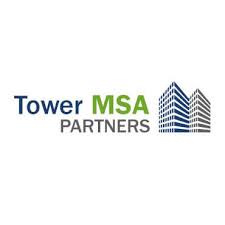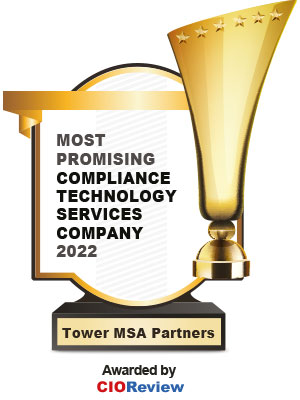CMS delays start date for Section 111 reporting of WCMSAs to April 2025 and announces new webinar for Q&A
During last week’s webinar, the Centers for Medicare and Medicaid Services (CMS) announced an extension of the start date for Section 111 reporting of WCMSAs from January 2025 to April 4, 2025.
(Due to technical difficulties with the April 16 webcast, CMS has scheduled another webinar for Q&A this Thursday, April 25, 2024, at 2:30 ET. Details on the webinar are here.
Remember, CMS requires Section 111 reporting of WCMSAs of any MSA amount, even if $0. These amounts must be reported whether they are CMS-approved MSAs or not.
CMS details new reporting guidelines and start date for Section 111 WCMSA Implementation
CMS reiterated several points that had been detailed in a prior webinar and through the recent Section 111 User Guide update. Please review CMS Updates Section 111 NGHP User Guide and WCMSA Reference Guide for this information. New points are below:
- The start date for WCMSA reporting was changed from January 2025 to April 4, 2025, to give Responsible Reporting Entities (RREs) more time to make the needed changes to their reporting processes.
- Testing of the new fields will be available beginning on October 7, 2024.
- All WCMSA fields except Field 43 (Professional Administration EIN) will result in “hard” errors if reported incorrectly. Hard errors cause the TPOC report to be rejected, which can in turn cause the report to be untimely if it is not corrected promptly.
- As such, hard errors may result in the imposition of civil money penalties (CMPs) although CMS will not impose a CMP for two reporting periods after implementation of WCMSA reporting. In other words, only records on or after October 15, 2025, and with a reportable MSA are subject to a CMP.
- If an RRE fails to report an MSA, CMS may utilize all available statutory and regulatory options to recover mistakenly made payments, including under the False Claims Act.
- No changes are made as to what constitutes a reportable TPOC. If a TPOC is reportable, then the WCMSA fields must be completed. If it is not reportable, such as when the WC settlement is $750 or less, then the WCMSA fields are not completed.
- If multiple defendants are parties to a single settlement, they must report the total TPOC amount (and not their “share”) and the total MSA amount.
- The Section 111 reporting process is not intended to replace the submission of settlement documents to CMS following the settlement of a claim with a CMS-approved MSA. (Final settlement documents should always be sent to Tower for upload to CMS.)
- Receipt of the MSA report through the Section 111 reporting process will allow CMS to send information to the beneficiary on the attestation and exhaustion process. (Currently this is not done for most self-administered non-submit MSAs).
CMS outlines impact of “W” records in common working file (CWF) for MSA reporting
CMS also explained that once the MSA is reported, a “W” record will be posted in the Common Working File (CWF), which prevents payments of medical services related to the reported diagnosis codes. The CWF is part of CMS’s system to accurately coordinate benefits, so Medicare does not make payment when another “primary payer” is available.
A copy of the webinar slides can be found here.
Please contact Dan Anders at daniel.anders@towermsa.com with any questions.











